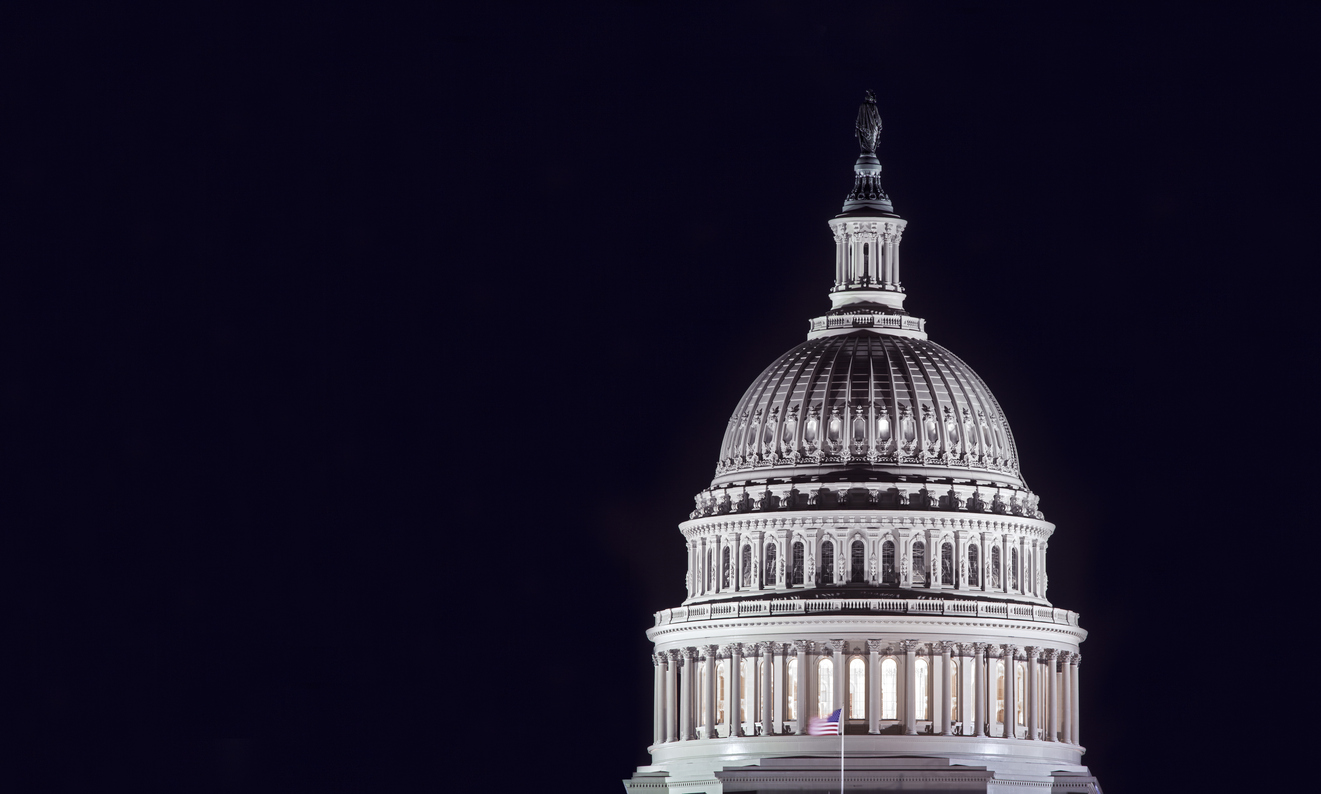The federal government partially shut down at 12:01 EDT on Saturday after Democrats in the U.S. Senate refused to support a one-month spending bill.
The partial shutdown is the first in history to occur while one party had control over the White House, the U.S. House and the U.S. Senate – however it was Democrats who voted en masse to keep the GOP from reaching the sixty-vote threshold necessary to advance a stopgap spending bill through the Senate.
The reason for their obstruction?
Democrats wanted to revive the Deferred Action for Childhood Arrivals (DACA) program, which U.S. president Donald Trump canceled back in September in an effort to obtain leverage for his proposed southern border wall. DACA allowed children who are brought into the United States illegally to remain in the country.
An estimated 800,000 young illegal immigrants could be affected by Trump’s decision to rescind the 2012 program.
[timed-content-server show=”2018-Jan-17 00:00:00″ hide=”2018-May-18 00:00:00″]SPONSORED CONTENT
Partisans on social media moved quickly to assign blame for the impasse, with Democrats referring to it as the #TrumpShutdown and “Republicans” calling it the #SchumerShutdown after U.S. Senator Charles Schumer of New York, the Senate minority leader.
As we’ve noted during previous government “shutdowns,” not all of the government actually shuts down. In fact, during the last government shutdown in 2013 only around 17 percent of it did.
The 2013 partial shutdown – which lasted for sixteen days – was forced by congressional “Republicans” who refused (temporarily) to pass spending bills that funded former U.S. president Barack Obama’s socialized medicine monstrosity.
How did that drama end? Duh … the GOP caved.
Ironically, “Republicans” also failed to repeal Obamacare in 2017 after voters handed them control of the White House and both chambers of congress.
Anyway, the GOP is hoping for a “kinder, gentler” shutdown than the one four years ago. According to White House budget director Mick Mulvaney, the Trump administration wasn’t planning to close national parks or monuments in Washington, D.C. Mulvaney also said multiple agencies would operate using contingency plans and transferred funds in an effort to minimize the impact of the partial shutdown on constituents.
“We want to make folks understand that it will look very different than it did under the previous administration,” Mulvaney said. “The Obama administration weaponized the shutdown in 2013.”
The final vote on the shutdown came just hours before the deadline, with 50 Senators voting to move forward with debate on the stopgap spending bill and 49 voting not to advance it. Sixty votes were required to move the bill forward.
Oddly enough, it wasn’t a party line tally.
Five “Republicans” voted with Democrats to block the bill – including fiscal conservatives Rand Paul of Kentucky and Mike Lee of Utah, who opposed the spending bill on principle.
“I think government spends too much money,” Paul told Fox News earlier in the week. “For decades now, you’ve heard of Congress putting spending caps in place, self-imposed rules to try to get spending under control. Well, this spending bill will exceed those caps.”
Three other fiscally liberal “Republicans” – Lindsey Graham of South Carolina, Jeff Flake of Arizona and Senate majority leader Mitch McConnell of Kentucky – also voted with Democrats.
Meanwhile five Democrats voted with the GOP to advance the stopgap spending resolution.
***
WANNA SOUND OFF?
Got something you’d like to say in response to one of our stories? Please feel free to submit your own guest column or letter to the editor via-email HERE. Got a tip for us? CLICK HERE. Got a technical question or a glitch to report? CLICK HERE. Want to support what we’re doing? SUBSCRIBE HERE.
Banner: iStock
